Effects of Movement of the Earth, Sun, and Moon on Eclipses, Lunar Phases, and Tides
1/12
There's no tags or description
Looks like no tags are added yet.
Name | Mastery | Learn | Test | Matching | Spaced |
|---|
No study sessions yet.
13 Terms
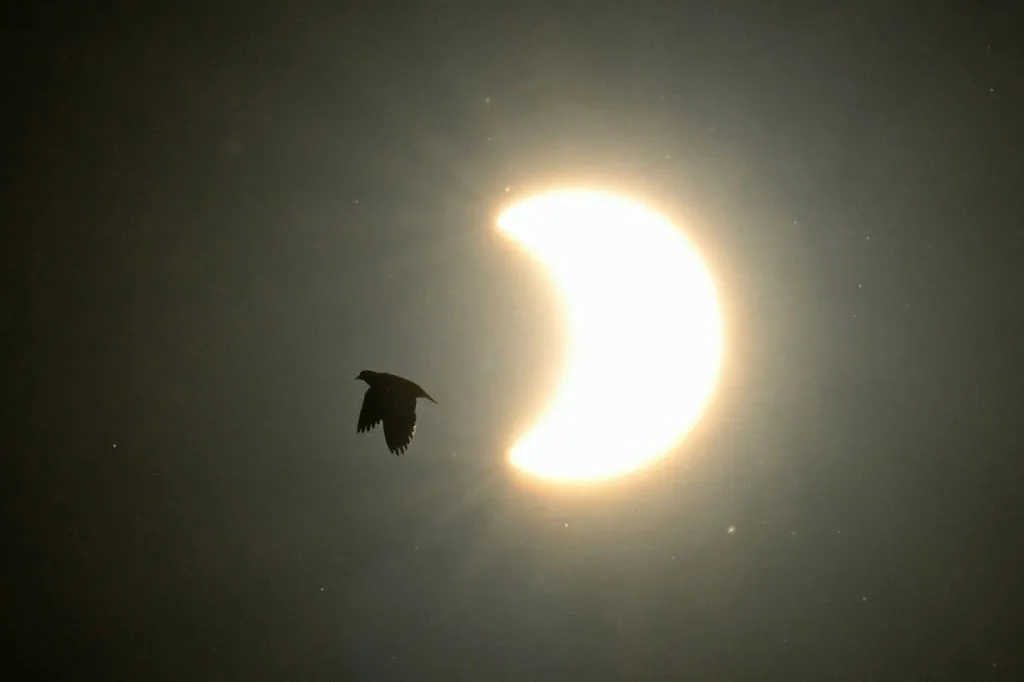
Solar Eclipses
Moon blocks the Sun
when the Moon passes between the Earth and the Sun, blocking some or all of the Sun’s light from reaching the Earth.
This causes the Sun to appear partially or completely covered, depending on where you are.
It can only happen during a new moon.
It’s rare and happens in specific places on Earth. During a total solar eclipse, you can see the Sun’s corona (its outer atmosphere)
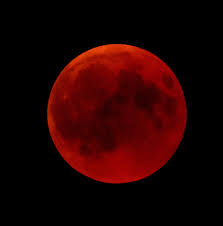
Lunar Eclipse
Earth blocks the Sun’s light from reaching the Moon
It happens when the Earth moves between the Sun and the Moon, blocking the Sun’s light and casting a shadow on the Moon
How it Works:
The Sun shines on Earth and normally lights up the Moon.
Earth blocks the light, so the Moon moves into Earth’s shadow.
The Moon looks dark or even red because some sunlight bends through Earth’s atmosphere before reaching it (this is called a Blood Moon!).
It can only happen during a full moon.
When Does It Happen?
A lunar eclipse only happens during a full moon when the Sun, Earth, and Moon are lined up perfectly.
It doesn’t happen every month because the Moon’s orbit is slightly tilted.
Eclipses
Occur when shadow of the Earth or the Moon is cast onto the other body

Lunar Phases
Full Moon
Crescent
Quarter Moon
all due to the movement of the moon around the Earth.
The sun’s light always coming from the same direction
Every month the moon makes one full revolution around the Earth
The part we see lit, depends on its relative position to the Earth
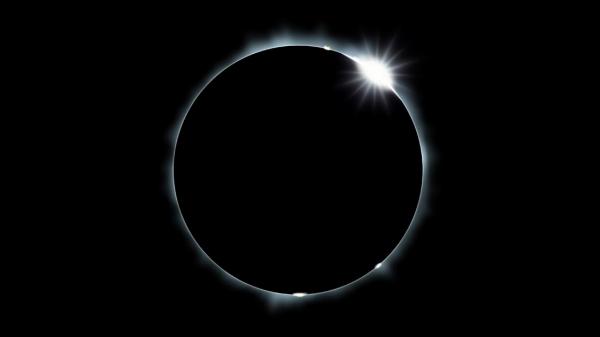
New Moon
The sun’s light is coming from side of the moon that’s facing the sun, that’s the half that’s lit up
If daytime and you look up in the sky from Earth and it’s new moon, you won’t see much.
Unless moon passed in front of the sun and caused an eclipse because moon isn’t lit and it’s daylight
Looking from Earth, see little bit of lit part when crescent moon.
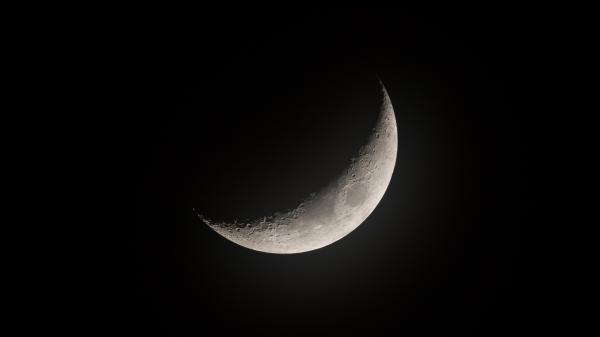
Waxing
When the moon is getting bigger
Previous New Moon becoming a Crescent, is a Waxing Crescent
It continues to wax until you can now see half of the moon, that’s a Quarter Moon (half lit and half dark)
When it’s perpendicular to the Earth relative to the source of light (the sun)
Continues waxing (around) until it’s almost opposite direction of the sun relative to earth
Now we’re seeing mostly lit portion aka the Gibbous
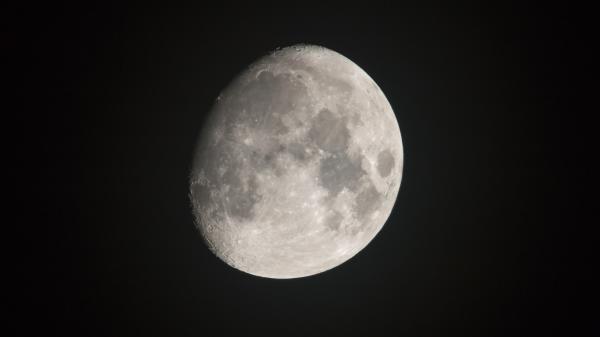
Gibbous
Mostly lit moon, but not completely lit
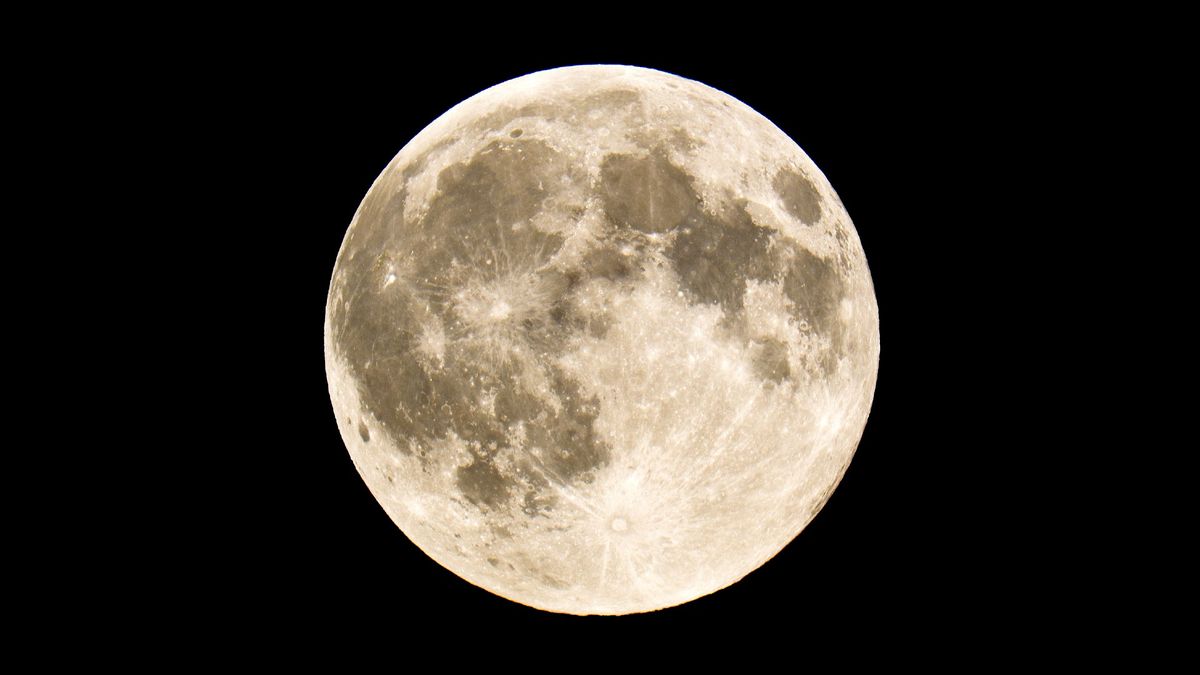
Full Moon
When it’s completely opposite, the direction of the sun from Earth, then we have a full moon
Now will start wanning
Waning
When the moon is getting smaller
The moon begins a
waning gibbous
a wanning
a wanning quarter moon
a waning crescent moon
and back to a new moon
It takes one whole month for this process to occur
If it’s Noon, Can You See a Full Moon Overhead in the Sky?
No,
because if the sun is overhead, and the moon is in the sky, the Sun’s light is hitting the back of it
e.g. Think Fist in Front of Lightbulb, Darker Side of Moon Faces Me.
Only time you can see Full Moon and Sun at the same time is dusk or dawn and looking opposite horizons
Tides
If the Sun, Moon, and Earth are in alignment, you’ll have stronger tides
Once Earth makes full rotation every 24 hours
Tides are caused by the gravitational pull of the moon and the sun on Earth.
Earth bends a little towards gravitational pull
Liquid part bends even more
The moon exerts more gravitational pull on the Earth than the sun even though the sun’s more massive, moon’s closer
Spring Tides
If the Moon, Earth, and Sun are Aligned
You’ll have stronger tides
Extremes: higher high tides aka
Spring Tides Lower low tides
Why? Because they’re not canceling each other out at all
The moon and sun are both working together to pull in the same direction on Earth
Therefore, you’ll get more pull and more gravity.
Higher high tides, lower low tides
Neap Tides
When the Moon and the Sun are pulling at right angles to each other, like making an "L" shape.
When this happens, the Sun's pull cancels out some of the Moon's pull on Earth.
Even though there are still high tides where the water goes far out, the Sun’s pull weakens them a bit because it's pulling in a different direction.
Neap tides happen every month!